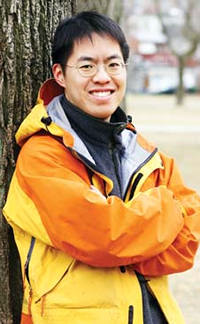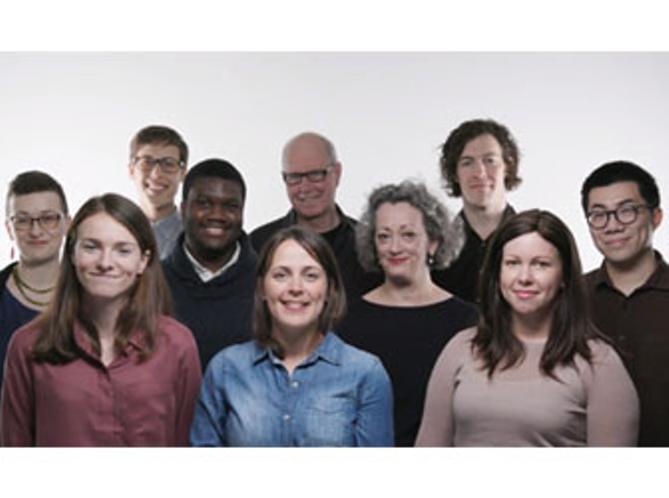
- The Flu Pandemic and You: A Canadian Guide
- Doubleday Canada (2006)
- Bookstore Finder
In a year and a half of blogging an avian-flu pandemic that hasn't yet hit, I've read an awful lot of very scary medical literature.
Researchers are writing about H5N1 antibodies in Thailand's dogs. Public-health specialists damn and blast the incompetent Bush appointees running the Centers for Disease Control. Dr. David Nabarro, the UN's flu czar, pops up now and then to give us all a crack on the head with warnings of megadeaths. (He doesn't seem able to get politicians' attention any other way.)
Well, you get used to it. You also get used to the anxious residents of Flublogia, especially the "preppers" who plan to live indoors for the duration of the pandemic.
A few medical specialists are going online with their own blogs, or publishing books on how to survive H5N1, and some of them are pretty useful. But the best of these resources by far is a book published in Canada in September. The Flu Pandemic and You: A Canadian Guide manages to be both highly informative and very reassuring.
It's hardly surprising. On Nov. 7, one of the writers, Vincent Lam, won the Giller Prize, Canada's richest and most influential literary award, for his debut collection of short stories, Bloodletting and Other Miraculous Cures.
Both Lam and co-author Colin Lee are experienced doctors who were emergency physicians in a Toronto hospital when SARS exploded in the spring of 2003. It was like a dress rehearsal for a flu pandemic, complete with two waves of infections. Lam and Lee, and their colleagues, clearly learned a lot. Some passages in their book describe how they fought SARS, and they're fascinating. As they say, SARS disappeared like a bad dream, but when it ended they took care to remember.
Despite Lam's literary talents, the book isn't inclined toward lush, metaphor-rich symbolic prose. Quite the reverse. Their sentences are clean, clear and instantly understandable.
Preparing for a pandemic "snow day"
Without talking down to their readers, Lam and Lee explain technical matters like the reproduction rate of viruses. They calmly discuss how to prepare for pandemic "snow days," when everyone stays home, and even manage a little dry humour: "You will feel very silly if there's a power outage and you can't open your cans because all you have is an electric can opener. You will also feel hungry."
The authors take us into situations we don't want to think about, like being in the same house with family members suffering from influenza, and describe the procedures that will get everyone through with the best chance of survival.
Whether they're dealing with N95 masks (awkward and probably not needed) or the wisdom of getting to know your neighbours, Lam and Lee write with calm lucidity. They organize their book better than most textbooks, with a one-page preview of each chapter and clear subdivisions. The book covers an extraordinary range of issues and topics that Flublogians have been worrying about ever since H5N1's current outbreak began in 2003.
Improving the odds of survival
The effect of all this information is to make readers confident, not terrified. Getting through a pandemic, they say, is like going on a canoeing trip. You won't have all the comforts of home, and you may run into some unpleasant surprises. But if you plan properly and learn a few basic techniques, you'll get home safely.
"Before you picked up this book," they tell us, "you probably had at least a 95% chance of surviving the pandemic, and your odds are probably even better, because that number draws from the worst pandemic of the 20th century, a scenario that may not recur."
And if you prepare sensibly, they argue, you'll also be ready for an earthquake, major power blackout, or other disruption.
While the book is billed as "a Canadian guide," its content would be useful to almost anyone, anywhere, who can read plain English. It provides links to the Public Health Agency of Canada's pandemic plan, but also to American and international resources.
Lam and Lee may not have all the answers, but they explain enough to reassure the most anxious hypochondriac. When the pandemic does hit (whether it's H5N1 or something else), this book will be more valuable than Tamiflu. ![]()




